Rarely, if ever, do we radically alter our carp angling approach or rigs over night. In most instances the evolution of our terminal tackle has, and probably always will be intrinsically linked in parallel to the development of key products, ever increasingly challenging angling situations and developing key ideas that we naturally pick up from our angling peers.
The Di Rig – aka Thommo’s rig or The Spring Rig
Unless we head back to the days of fishing balanced crust rigs, I guess the first ‘proper’ carp rig I used wasn’t dissimilar to Phil’s rig that Laney described in his piece. For us, it was called ‘The Diana Rig’ – and it had taken a massive step forward from the time when Phil was on the original ‘Di Syndicate’ with Thicky, Jacko and the old boy crew in that it now had a semi fixed lead… That’s it!
Even that was pretty simple to construct too, as it just entailed pushing the (nasty) little eye of a 1 or 1½ ounce Arlesey bomb onto a couple of centimetres of 2mm soft silicon tubing, that was in turn pushed onto the swivel creating just enough resistance to prick the fish and then separate as the carp was hooked. This meant it was very safe, and if you watched in flight it was largely tangle free. Even if you hit the plinth that statue of the Goddess Diana stood on in the middle of the pond (whilst trying to get the cast in the recesses on the plinth) it would drop untangled. Those were the days; leads often ended up looking like bits of shrapnel! It was so funny.
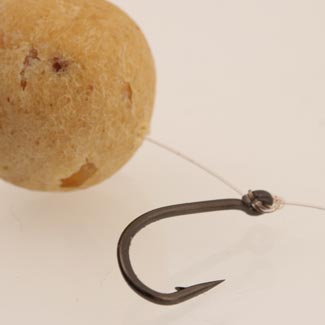
The hooklink was really still exactly the same, in that it was a simple 14-16 inch light nylon hooklink with the hair made from the hooklink material past through the eye of the hook. The hair sat nice and straight on the back of the shank with the hook bait kissing the bend of the hook. The only issue with this simple yet devastating arrangement were the odd hook pulls – but that was largely fixed by turning the hook eye in slightly with a pair of pliers. It would inevitably need retying occasionally as the hair would get kinked and messy and would sit untidily.
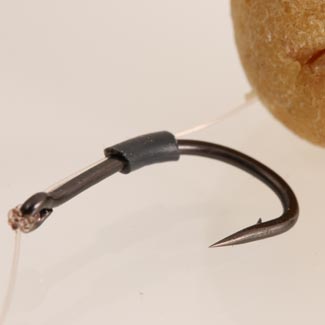
In various forms this was the standard rig that caught LOADS OF CARP for several generations of anglers that frequented the Royal Parks at Hampton Court and Bushey Park – the light leads minimised the hookbaits being dragged too far into the soft silty lake bed and the way the rig laid in terms of the hook and hookbait was super consistent ensuring good clean presentation and effective hooking performance.
Obviously the arrangement had limits in terms of the strength – using 8lb mono and supers was never really going to stand up to the rigours of fishing anywhere more challenging that the estate lakes and that triggered the next rolling development. The need for brute strength.
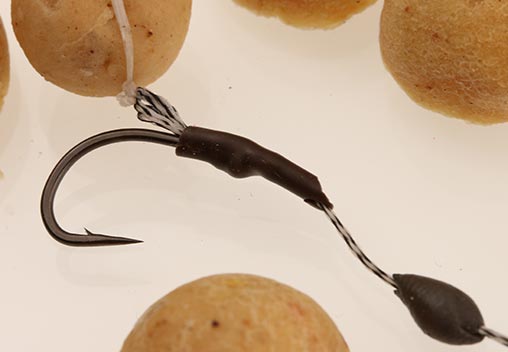
Line-Aligned Swimmer Rig
Line Aligned Swimmer
The next progressive step was driven by the fishing the little lake next to Sheperton Marina, where “Tet’s Pet” lived for a few years before being ‘retired’ to a much larger, wilder gravel pit near Staines. The lake at Sheperton was small – very deep and ridiculously snaggy. Disproportionately high losses were unacceptable and it was the catalyst for stepping up all our tackle scrutinising everything from the reel line right the way through to the hook!
It was very much trial and error, but luckily this twist turn on the journey coincided with copolymer lines being made available – and what a difference they made! Instead of the mainline going it was hooks and hooklinks and that in itself was the catalyst for the next progression in my own rig journey. ‘Supers’ no longer cut the mustard despite being tried and tested on the lakes at Bushey and even with the improved performance (through the better angle of drawer) afforded by turning the eye in they just couldn’t cope with the demands of this mad little lake – regularly opening out on the take (fishing locked up).
Eventually the natural progression led to using small cork balled pop ups mounted size 8 ‘cutting points’ by means of a small loop of the Silkworm hooklink pulled through the eye and then a 1cm piece of 1mm silicon mounted ‘line aligner style’. The setup was really good in terms of finite control of the hook placement within the mouth (thanks to the extension of the shank and the precise exit angle that using a ‘out the side’ line aligner gave compared to the big eye on these hooks.
It was funny one, but I had loads of fish on the 8’s after ditching the 6’s after suffering occasional hook pulls. It’s always been quite obvious that different sizes of the same hook pattern can radically alter the way they work. Even if the shape, wire and ratio’s (between the hooks gape, bite and length of shank) are identical one size will seemingly work perfectly – landing every fish hooked – whilst another size may inextricably be ‘problematic’! Now there is always the angler input, and it’s possible that a tiny adjustment to the manner in which the rig is tied could nullify any possible issue – but when you see the same pattern emerging with your friends to its time to go back to using what works (or look for an alternative).
The little cutting points worked really well for me when I moved onto the Copse Lake at Yateley too – fishing small nut mix baits (sometimes with maples) the little lake was extremely kind to me and I somehow managed to have my picture taken with several of the illustrious inhabitants. Small, strong and mechanically very efficient – I fished the pop ups low and the rig simply worked.
It was all close derange so this ensured it was easy to watch the hooklink in flight and make sure the rig remained untangled and feeling the Roger and Kerry leads down ensured the rig was fishing effectively in the little holes in the weed on this absolutely wonderful little history lake. I still reminisce about my time on the Copse with a glowy happy ‘that was absolutely brilliant’ type hazy memory of the time.
As a side note – this period also coincided with the introduction of leadcore, and the combination of little helicopter rigs, leadcore and good hooking mechanics came together to offer a definite edge. They liked the bait – the rig worked and the lake was being kind.

Lewis on Yateley – the early days
God’s Rig – The Hinged Stiff/Chod
Fast forward a few years… Tel and I were sat in the front room of my little flat in New Malden and we tinkered with a slightly crude (but still effective) version of a hinged rig that a couple of old friends had been using. The ‘eureka’ moment of clarity was when we elected to mount the hook bait onto a rig ring sat on a ‘D’ formed from the tag of the hook whipping.
Essentially, this one pivotal change in the way the hookbait was mounted (instead of the ring on the shank) really elevated the mechanics. It released the hook section from the resistance of a bait mounted straight on the hook and with a nicely tied, tidy rig the action/reaction of the rig jumped up to another level. We put one in my kitchen sink and just started laughing – exclaiming hyper excitedly that ‘it wasn’t a rig – it was a trap’! Devilish carp sorcery of the highest (darkest) level!
Combining this end section with the looped style boom allowed the perfect flexibility and controlled movement necessary for the finished rig to genuinely make a difference. It was a game changer! It reset every time and obviously had enormous hooking potential as the hook sat prone on the side of the hookbait with pivot points ensuring the hook would be facing the right way to nail them when it went in.
Of course materials have evolved, with stiff hook section materials taking over from Amnesia for use on the hook section – and other small changes in terms of dedicated hook patterns with outturned eyes but the basic principle/format has remained largely unchanged for a LONNNGGGGGGG time now because it’s right.
What about the variants? Well the Choddy is simply the perfect go anywhere paternoster style presentation; and when it combines the end section of ‘our’ Hinged rig it’s capable of effectively present a buoyant hookbait on almost anything when tailored correctly.
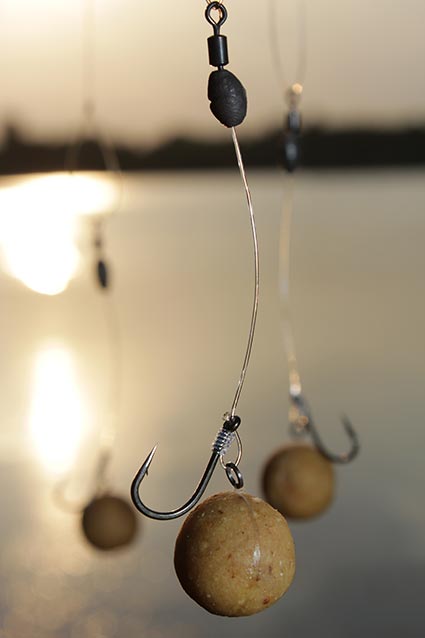

The Mighty Tyson – caught on a Hinged Stiff Rig
The simple complexity of the rig means there are subtle adjustments that each angler that uses the rig can incorporate to make it ‘their own’ – from loop sizes to degree of curvature of the hook section, boom materials and lengths and even the lead arrangement you couple it with. These myriad subtle options also make it extraordinarily versatile as you can make it work almost everywhere in one form or another.
Finally, to my mind just about the single most important thing to get right with the rig is the buoyancy of the hookbait. Most readymade hookbaits will start off balanced so the rig is slow sinking and the ‘rig’ just sits down gently on the swivel at the base of the hook section, but the end section will be unbalanced and leaning over by the morning – hence the 12mm cork balled hookbait reigns supreme with this presentation as the buoyancy is maintained semi-permanently and therefore the tuning mechanics of the hook section is maintained.
This is the main reason some anglers have hook pulls. The whole misnomer that it’s the lead near the fish’s mouth is sketchy to say the least. If you don’t believe me hold a lead on a 1 inch piece of line and shake your hand under water. The water buffers the movement and I’m convinced it’s a non-issue. Get the hookbait buoyancy sorted and the hook pull issue is broadly nullified (assuming you don’t tie it horrifically and you always make sure it’s still sharp as sharp can possibly be).
Genuinely, the hinged stiff rig and chod are just as amazingly consistent as out and out fish catchers today, as they were all those years ago – whichever minor variant you may choose to use in your angling.

The Clone Rig
Classic D-Rigs (aka The Clone)
It’s an odd one – that the Hinged Stiff precedes the classic D for me in terms of personal usage – and progressively greater confidence.
My mate Nige (The Sharper Carper) has been an advocate of this presentation virtually forever, as has my poor long suffering bestie Lee Picknell, and it wasn’t really something I understood until about a decade ago. Nowadays I LOVE it! If I am fishing a relatively firm, tidy lake bed over mixed bait that includes small items this is more than likely my first choice.
As a bottom bait rig it is tangle free as it relies on a semi still hook link material (key point). It also offers uber consistent presentation and settles out nicely, especially if it’s used in conjunction with a balanced hookbait that will often settle over the top of the hook. To my mind there is no better camouflage for a hook than being obscured and the various factors all come together to ensure.
Just like the HSR, the stiff hooklink works perfectly with Heli-style lead arrangements, but it’s possible to fish it with a lead clip or even a inline lead if you know the substrate is firm enough and you add a decent sized bit of Critical Mass on half way up the hooklink to ensure it settles flush.
Just like the HSR/Chod, the D mounted hookbait and stiff hooklink ensures that the hook goes in the right way and then the fish has to deal with the point facing its bottom lip. The crudeness of the arrangement is also part and parcel of its general effectiveness.
Fine tuning the angle the hook link exits the inside of the hook eye can even spring load the point so that it is aggressive in its turning action and even harder for a fish to eject without being nailed. A decent size hook ensures that gravity assists the mechanics as the D always allows the hook to hang from the hookbait and that puts the hook point in a ‘strong hold’ position within the fishes mouth.
D loop sizes are personal – but to my mind they should be formed relatively small, nice and tidy and sitting straight on the back of the shank. With a hook pattern that has a non reversed bend I would also suggest that anglers playing with this presentation use the tag that forms the D to control the exit angle of the hooklink from the eye of the hook, having it in a position that the hooklink exits the eye in alignment with the shank (rather than kicking the hook slightly to one side). That way, whichever way up the hook lies on the lake bed the rig will have equaled hooking potential. Obviously, if you use hooks with a reverse/kibble you can use the tag to control the exit angle to work with the pattern (have a little think about it).
As part of good solid no nonsense carp fishing approach the Classic D is top of the tree! Simple to tie, and almost idiot proof – and that suits me just fine captain.
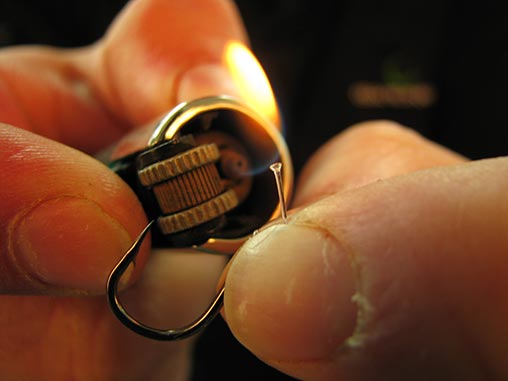
Keep the D from pulling back through the hook eye by blobbing the end!
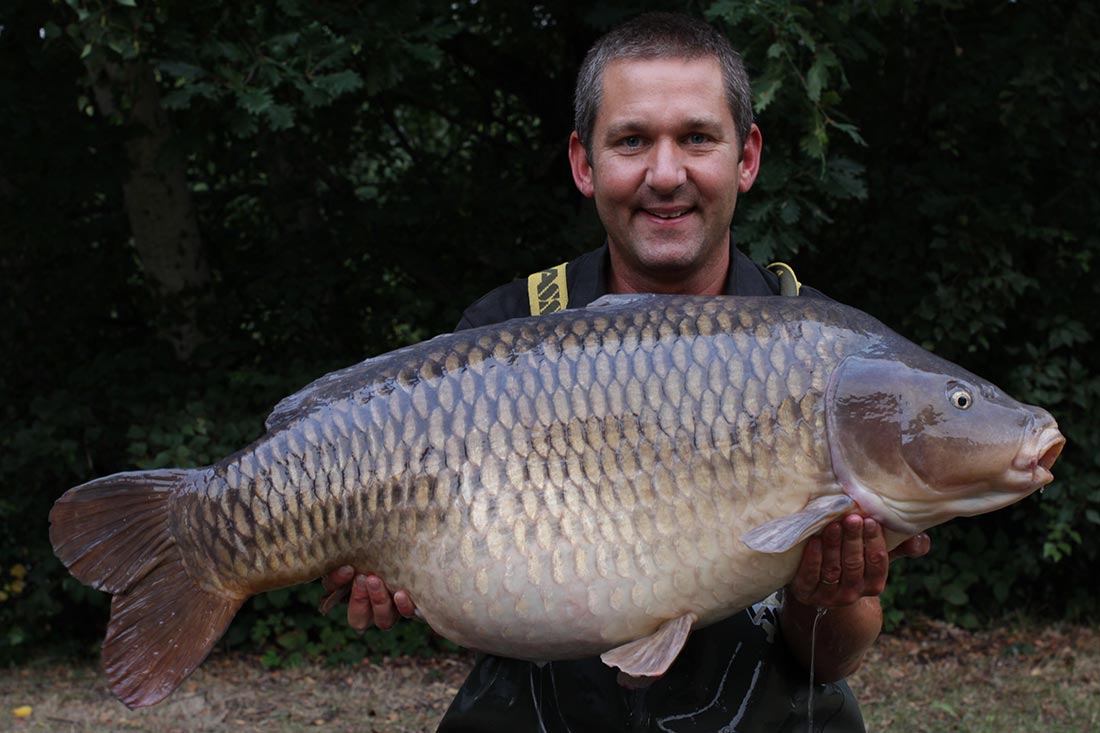
The most magnificent, magical, marvelous and awesome Ronnie Rig
As you may well have gathered by now, I think this rig is the absolute ‘dogs danglies’. I struggle to put into terms exactly how effective it is, or the level of confidence that I have when I cast this rig out amongst active feeding fish.
Perhaps using a recent angling scenario to illustrate why would help put some perspective to it… Last week I did a over nighter on Welly (#overnightlife) and caught a true whacker on my middle rod. That was the one rod with a Ronaldo on; that was the one I knew would be the one that would go. It was that simple. The only surprise was which fish it was.
I still have a few close friends that say they haven’t used it or are not as keen on it – as say the HSR but I look at results of friends and I am certain that in most cases their catch rates have seemingly improved once they have started using it.
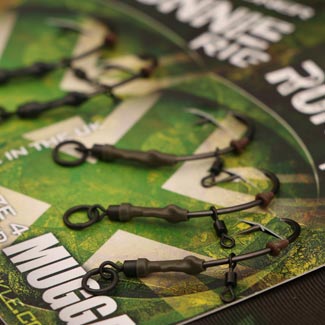

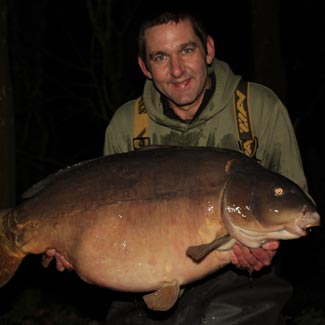
I guess that you’re wondering why or how that can be the case? What’s so special about it?
Well mechanically it’s almost infallible. It resets, it is awesome in terms of hooking and it’s versatile as it can be used on almost any type of boom material or lead arrangement (or even as a chod) and you can have a load of end sections tied up ready so that you can tailor the rig in seconds to suit the swim/spots you’re fishing.
On top of that I can 100% honestly say I can’t remember the last hook pull I had on it (obviously constructed with a Mugga of course) and used with a decent quality small (12mm) pop up.
It’s simple really, the rig presents the hook bait low enough that it works like a dream when it’s cast onto clean lakebed and it’s high enough that it works on slightly scruffy and silty spots (assuming you’re not failing to adjust hooklink and lead arrangement to suit).
The fact that it is a low pop up is, I guess, the reason why it just keeps working too! It’s subtler than you may think; given it is quite a big hook. The in-turned eye on the Mugga defines the angle the XT Flexi Ring Swivel sits when the shrink tube has been shrunk and the angle is simply absolutely right. If you want it to be more aggressive then the new CVR offers an option but the long term used and abused nature of the rig used with the Mugga means that I would categorically recommend them as your starting point as a 100% perfect initial choice.
*maybe choose a size 6’s for venues where the average fish is mid 20 or lower – but for big fish don’t hesitate to smack a lovely size 4 in their chops!
Perhaps the simplest way I can express the impact of this baby is to compare it directly with the Hinged Stiff Rig. It really is that impressive. Honestly, 95% of the time rigs are not a consideration I need to worry about, thanks to Ronnie!

The Willow at 54lb – caught on the Ronnie


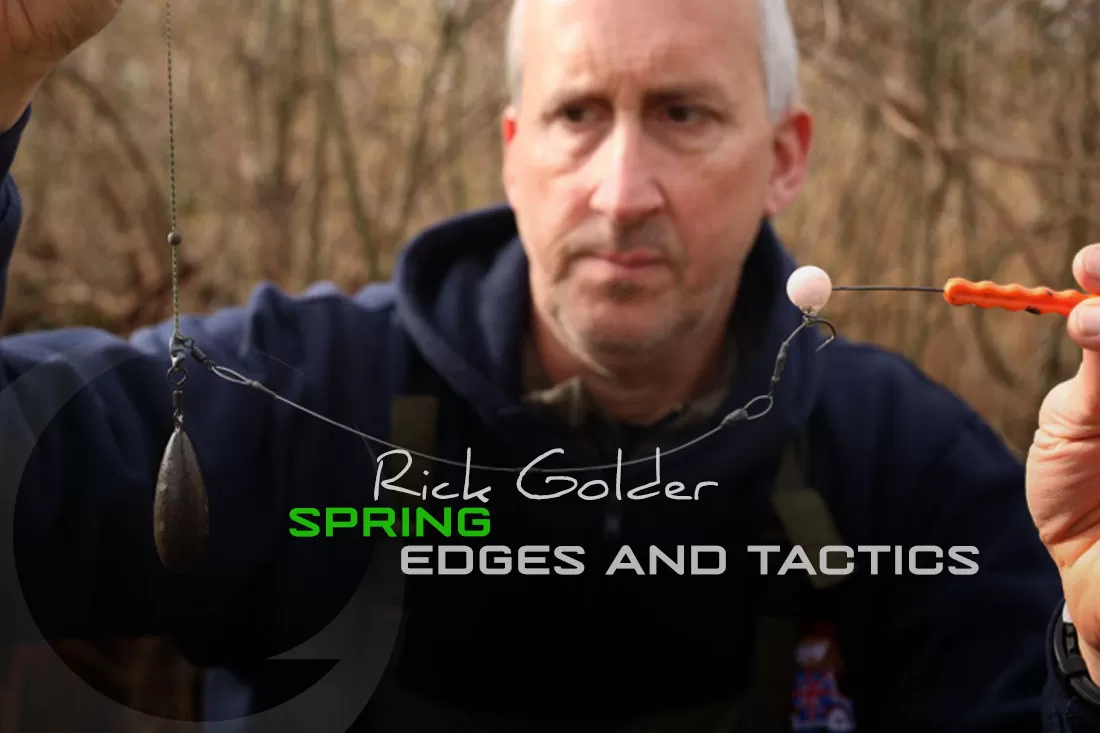
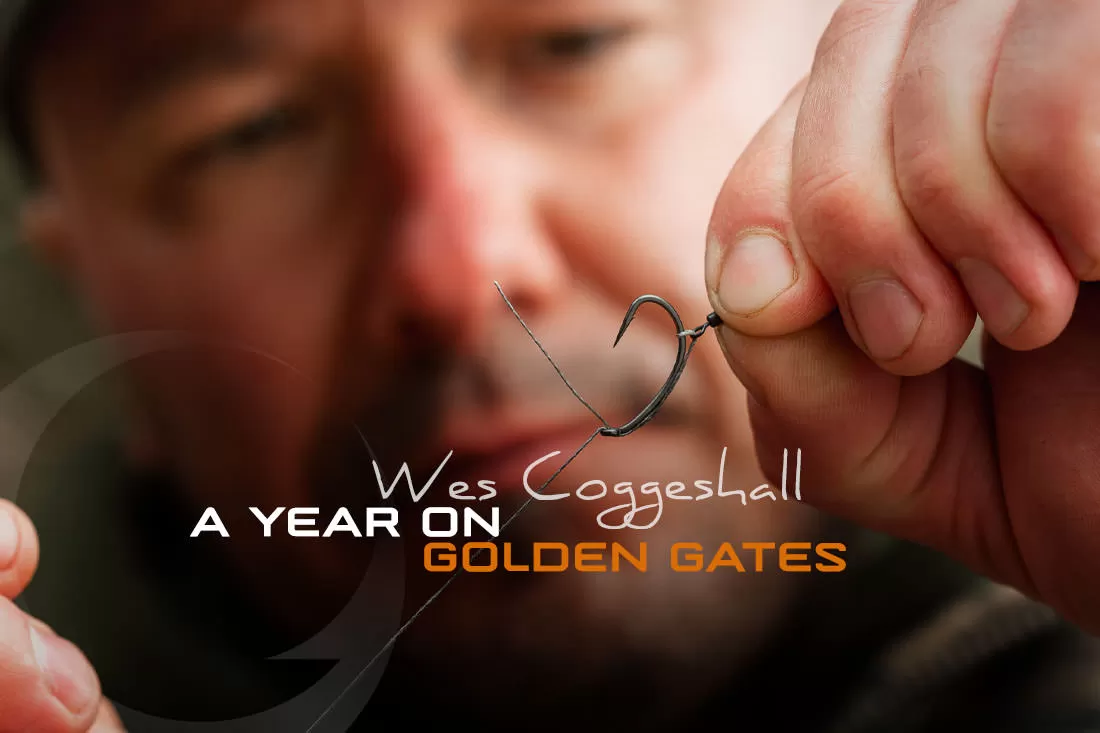
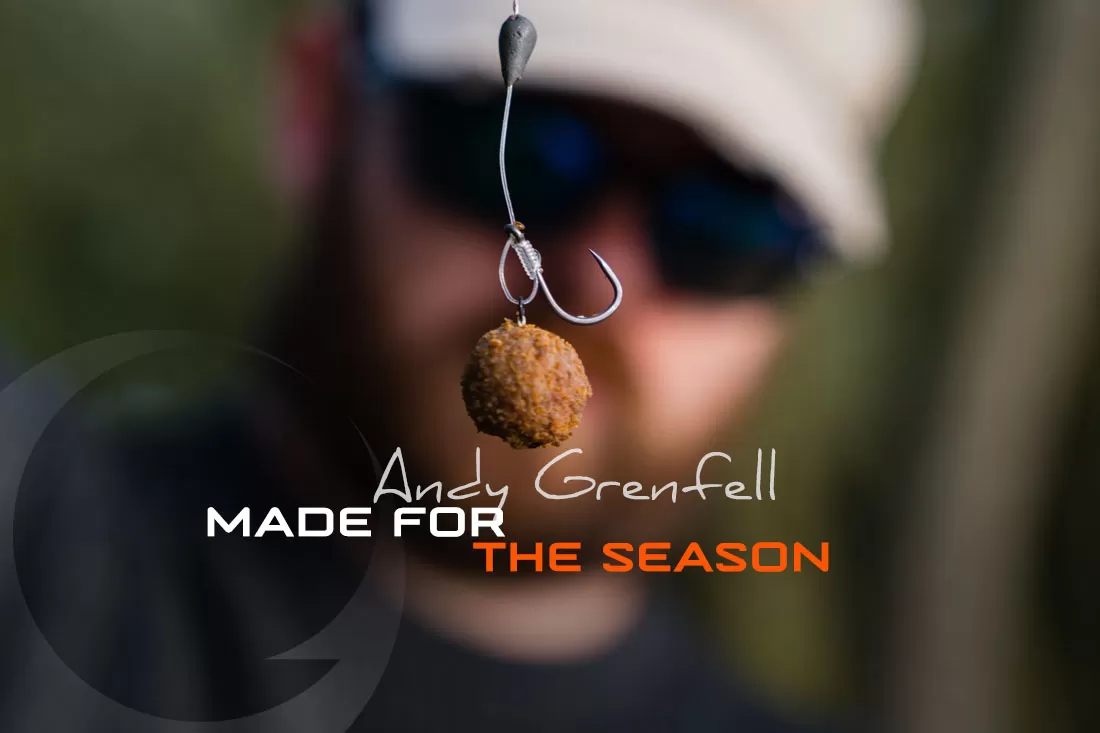
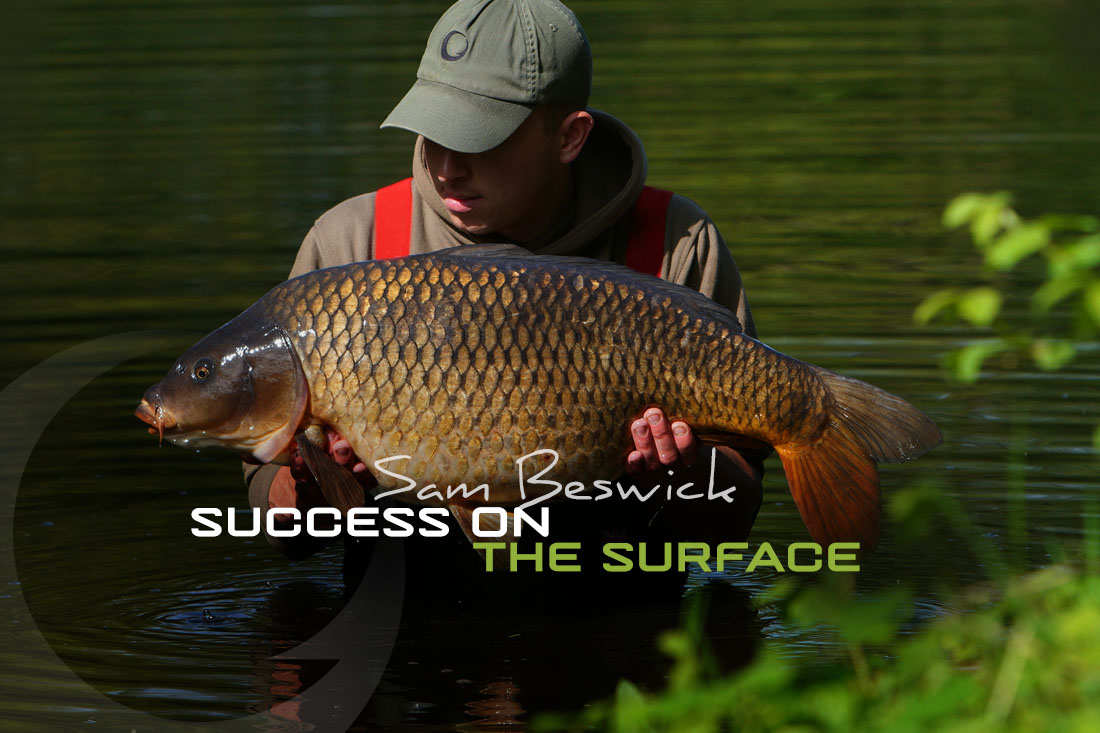
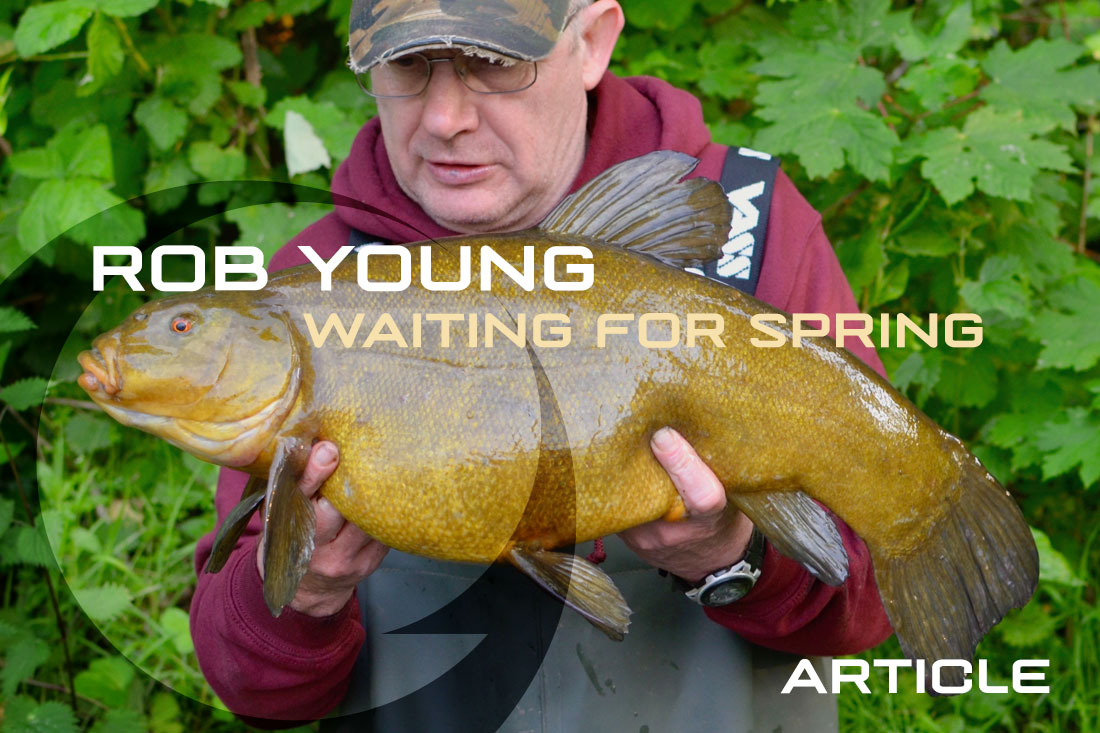
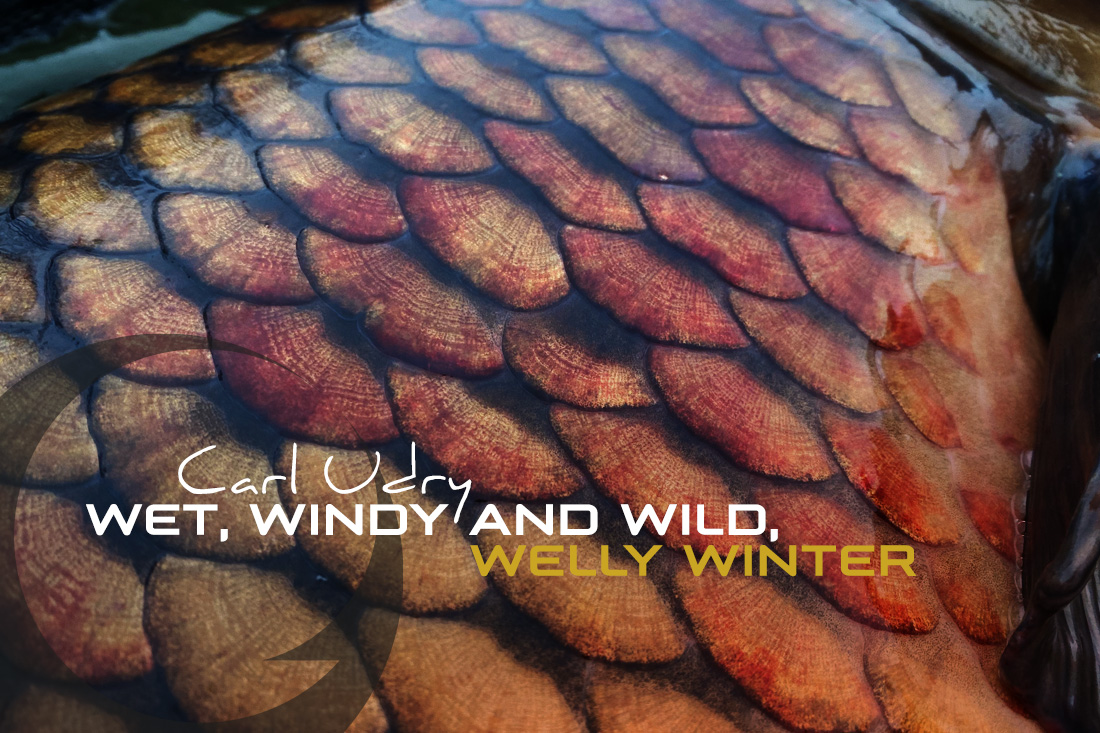
Leave A Comment